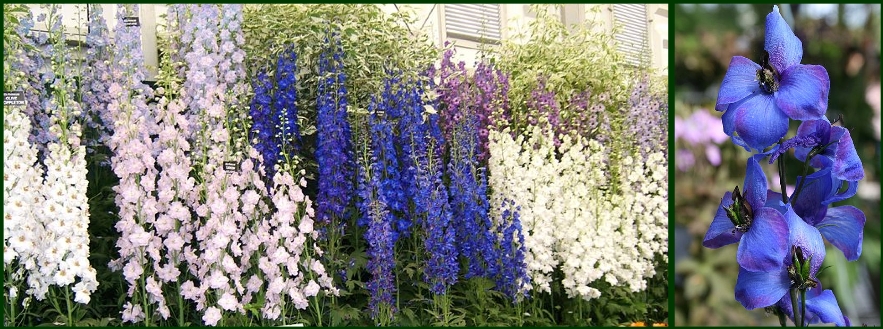July was named by the Roman Senate to honor Julius Caesar because it is the month of his birth. Prior to that, is was called Quintilis. On average, July is the warmest month in the Northern Hemisphere and the coldest month in the Southern Hemisphere, the seasonal equivalent to our January. In the United States, July is best known for Independence Day, (the 4th of July), which commemorates the adoption of the Declaration of Independence. July 4, 2013 celebrates the City of Covington’s Bicentennial (established in 1813), a founding date 37 years after the Declaration was adopted on July 4, 1776.
The Ruby is the birthstone for July. A variety of the mineral corundum (aluminum oxide), rubies are pink to blood red gemstones. The name is derived from the Latin ‘ruber’, which means red. Other varieties of gem quality corundum are known as sapphires. The ruby, sapphire, emerald and diamond are considered the four precious stones. Rubies are the third hardest natural gems, moissanite and diamond are at #2 and #1.
One of the birth flowers of July is the Larkspur (Delphinium). The name ‘delphinium’ is from Latin for ‘dolphin’, which refers to the shape of the nectary (glandular structure that secretes nectar). All parts of the plant is considered toxic, and larkspur is a significant cause of cattle poisoning on rangeland in the western U.S. Despite its toxicity, compounds contained do have medicinal value against parasites, asthma and fluid retention.
The second birth flower of July is the water lily, flowers of the family Nymphaeaceae. Water lilies are found in temperate and tropical climates around the world. They root in the soil in bodies of water with the leaves and flowers floating on the surface. Symbolically, the water lily is considered to evoke imagery of the sunset and the seashore.






